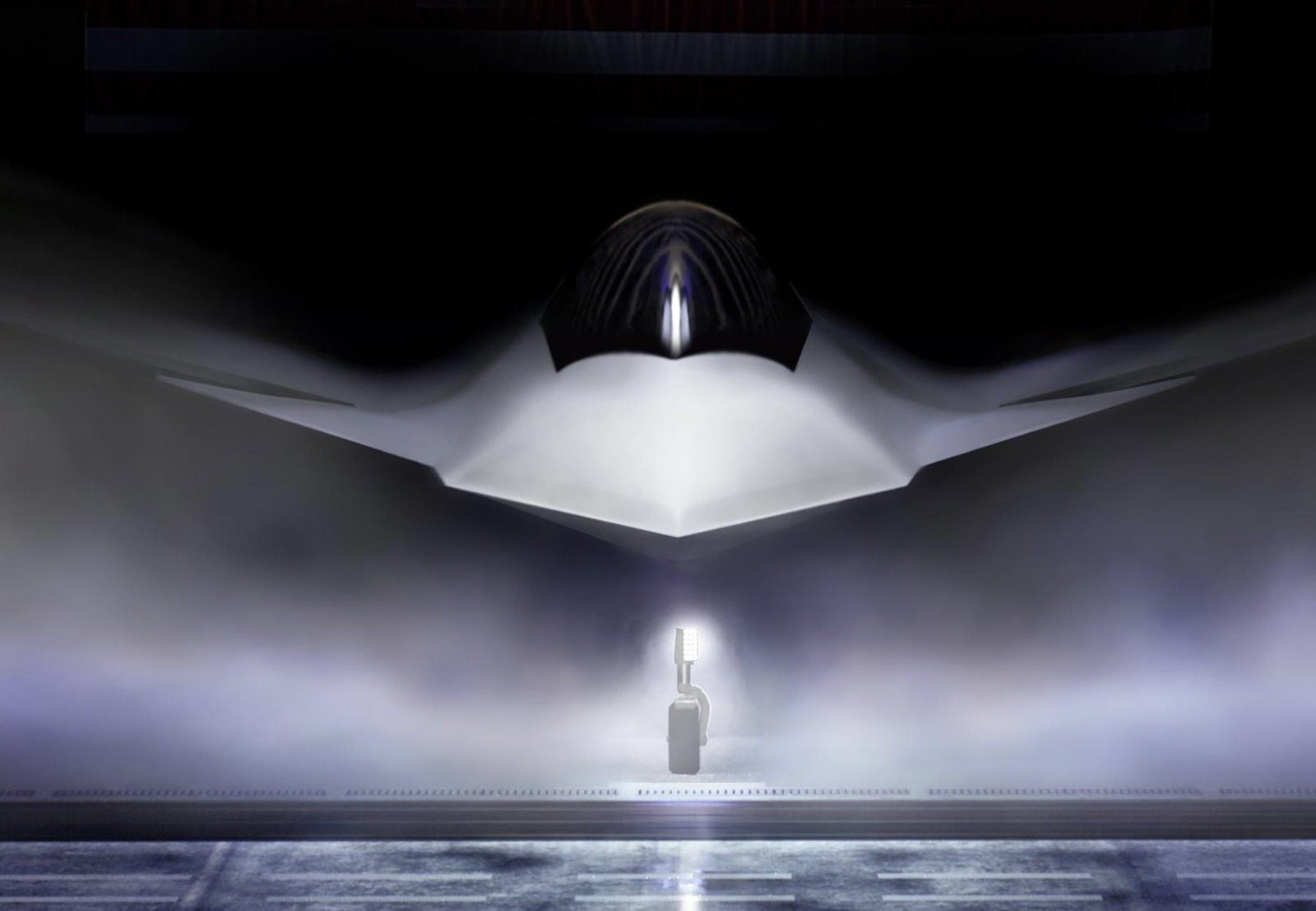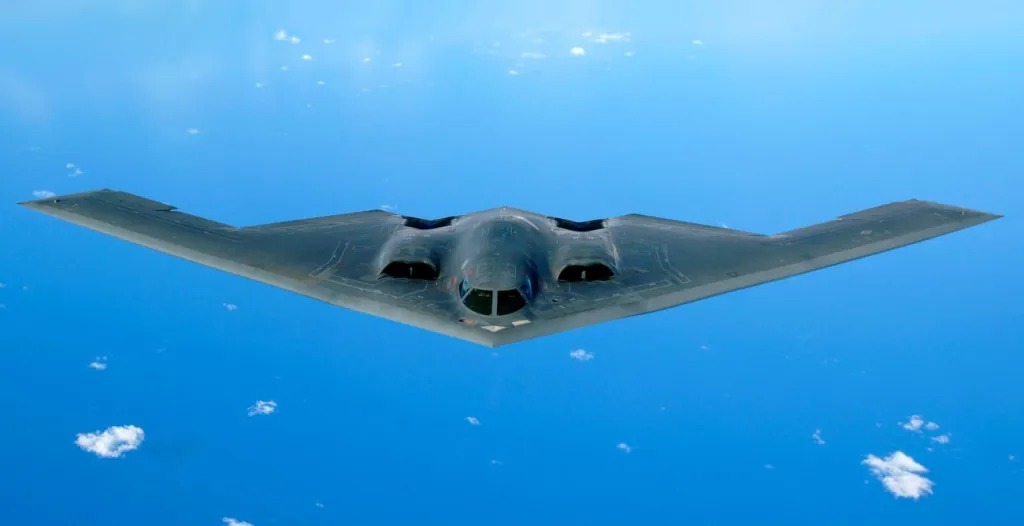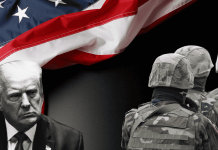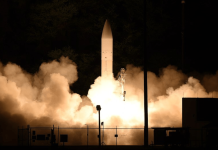US President Donald Trump has often said that he wants to be remembered as a “Man of Peace.” He claims that since returning to the White House in January this year, he has ended seven wars.
Ironically, despite his peace credentials, Trump is fueling an unprecedented rally in US defense stocks.
During his nine months in office, the US defense stocks have outperformed the US stock market with a margin that has not been seen in the 21st century, including during Trump’s own first term, or even under former President George W. Bush, known for starting major wars, including the US’s longest war in history, the war in Afghanistan, as well as the Iraq War.
Furthermore, within eight months of the first Bush presidency, the US suffered its worst terror attacks in history, the September 11 attacks, and senior officials in his administration had well-established links with the US defense industrial complex. For instance, Vice President Dick Cheney was a former chief executive at Halliburton Co.
However, despite these terror attacks, a global ‘War on Terror’ in which almost all NATO countries participated, and the war in Iraq, the rally in defense stocks under Bush is nothing when compared to Trump’s second presidency.
In fact, many market analysts warn that the rally is even outperforming fundamentals.

Defense stocks, analysts warn, are trading at sky-high valuations that are difficult to explain on fundamentals alone.
So, what’s happening here?
Why are defense stocks witnessing an unprecedented rally under a President that the White House has repeatedly described as the ‘President of Peace,’ and who, as per his own admission, wants to be remembered as the President who ends wars, rather than starting new ones?
The “Unprecedented Rally” In Defense Stocks Under Trump
During Trump’s second presidency, the aerospace and defense stocks’ annualized returns have outperformed the S&P 500 Equal Weighted Index by an unprecedented 52.3%, according to a recent Bloomberg analysis.
Under Trump, while the aerospace and defense stocks gave an annualized return of 59.5%, the S&P 500 Equal Weighted Index gave an annualized return of just 7.3%.

Under Trump’s predecessor, former President Joe Biden, aerospace and defense stocks outperformed the S&P 500 by just 0.4%.
Even under Trump’s first presidency (2016-2020), aerospace and defense stocks outperformed the S&P 500 by 5.5%.
During Barack Obama’s eight years (2008-2016), the annualized return of aerospace and defense stocks was only 0.3% higher.
And during Bush’s eight years (2000-2008), aerospace and defense stocks outperformed the S&P 500 by 8.7%.
Clearly, defense stocks are witnessing a rally not seen during the last 25 years.
The Defense Stocks Paradox Under Trump
So, what explains the defense stocks rally paradox under a ‘President of Peace’.
A couple of things.
Firstly, despite his peace rhetoric, Trump has green-lighted many big-ticket defense projects.
In March this year, President Trump announced that the U.S. Air Force had selected Boeing for a US$20 billion contract to develop the Next Generation Air Dominance (NGAD) fighter jet, officially designating it the F-47.
This sixth-generation stealth aircraft is designed to succeed the F-22 Raptor, with advanced capabilities for drone coordination and penetrating enemy air defenses.

Then, in May, President Trump approved the Golden Dome missile defense shield project, selecting a US$175 billion design. This multi-layered system, inspired by Israel’s Iron Dome but expanded to include space-based sensors, interceptors, and defenses against hypersonic and ballistic missiles from adversaries such as China and Russia, aims to reach full operational status by 2029.
Trump also announced an initial US$25 billion funding request via Congress, though experts warn of higher long-term costs up to US$831 billion.
In fact, under Trump’s administration, the U.S. defense budget reached a historic milestone of US$1 trillion for fiscal year 2026, as announced in April 2025 by Trump and Defense Secretary Pete Hegseth.
This figure combines a base national defense allocation of approximately US$893 billion—flat from fiscal year 2025—with an additional US$150 billion in supplemental funding secured through a reconciliation bill passed by the House in July 2025.
The increase supports priorities like the F-47 fighter jet program, Golden Dome missile defense, shipbuilding, and munitions replenishment.
This marks the first time in history that the US defense budget has reached US$1 trillion.
Similarly, Trump has been pressuring NATO countries and other US allies, such as Japan and South Korea, to massively increase their defense spending.
At the June 2025 NATO Summit in The Hague, the 32 NATO member countries agreed to a new defense spending target of 5% of GDP annually by 2035, more than doubling the longstanding 2% guideline set in 2014.
This commitment, heavily pushed by President Trump, includes at least 3.5% of GDP for core defense requirements (troops, equipment, and R&D) to meet NATO’s capability targets, plus up to 1.5% for broader security-related investments, such as critical infrastructure, cybersecurity, and civil resilience.
Under this renewed NATO defense spending target, an additional US$1 trillion could be spent on defense projects in the coming years.
A substantial portion of this increased defense spending will go to US defense companies, as NATO countries must maintain interoperability standards to conduct multinational operations effectively.
Furthermore, while Trump is never tired of marketing his peace credentials and highlighting that he has ended seven wars, the fact remains that he has not shied away from green-lighting high-profile attacks during his brief eight months in office.
For instance, in June, Trump ordered the US Air Force to bomb Iranian nuclear sites (Operation Midnight Hammer) with B-2 Spirit bombers, using the GBU-57 Massive Ordnance Penetrator (MOP) bunker-buster bombs.
The event marked the first time that the US has attacked Iran and the first-ever use of the GBU-57 MOP bombs.

The event highlighted that, notwithstanding his peace rhetoric, Trump can take unprecedented military action, such as attacking Iranian territory, an action that every US President since Jimmy Carter has considered, but none has executed.
Similarly, Trump has ordered air strikes on supposed drug traffickers in the Caribbean, allegedly linked to Venezuela. A full-fledged military action against Venezuela can happen anytime.
Furthermore, Trump is also threatening military action against Nigeria.
In a heated message on his Truth Social account on November 1, Trump revealed that he had instructed the Pentagon to prepare a potential assault strategy for Nigeria, just one day after asserting that Christianity was “facing an existential threat” in Africa’s most populous nation.
In his post, Trump said that if Nigeria does not stem the killings, the United States will attack and “it will be fast, vicious, and sweet, just like the terrorist thugs attack our CHERISHED Christians.”
Another factor fueling defense stocks rally is the integration of AI in defense platforms, which, investors believe, will unlock new value for shareholders.
Trump has also suggested that the US might restart nuclear weapons testing.
Additionally, investors are expecting that in coming years, the increased defense spending from all over the world, will keep the new orders coming and cash flowing to defense companies.
According to Bloomberg, the Wall Street analysts have started to incorporate those outcomes into their earnings projections, which suggest aerospace and defense earnings per share will jump 56% this year; 22% in 2026; and 16% in 2027.
However, while the retail investors are cashing in on the rally in defense stocks, another way of looking at this unprecedented rally could be that the investors are expecting the world to become more confrontational in the coming years.
In that way, it is not clear should we celebrate this rally, or it is time to pause and rethink the direction the world is moving in.




